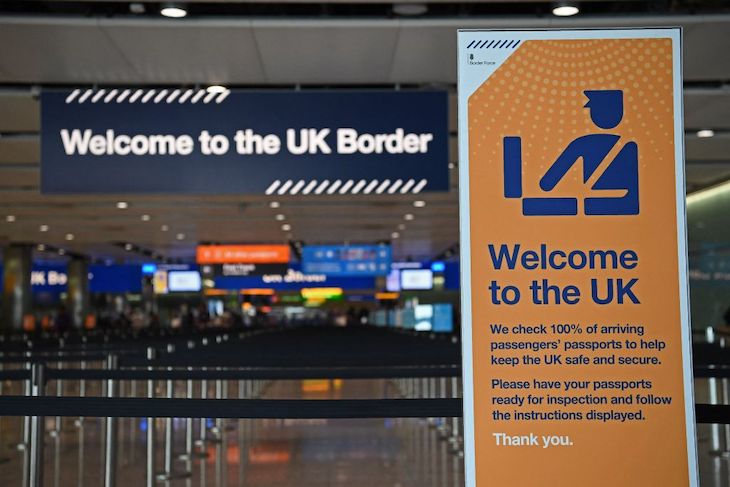Sometimes, what matters in politics is how one issue merges with another to produce an explosive reaction. In the 2010s, it was the fusion of immigration with the European Union which collided to pave the way for Nigel Farage, Brexit, and then Boris Johnson, dramatically expanding the amount of space for these populist revolts.
Already a subscriber? Log in
Subscribe for just $2 a week
Try a month of The Spectator Australia absolutely free and without commitment. Not only that but – if you choose to continue – you’ll pay just $2 a week for your first year.
- Unlimited access to spectator.com.au and app
- The weekly edition on the Spectator Australia app
- Spectator podcasts and newsletters
- Full access to spectator.co.uk
Or




















Comments
Don't miss out
Join the conversation with other Spectator Australia readers. Subscribe to leave a comment.
SUBSCRIBEAlready a subscriber? Log in